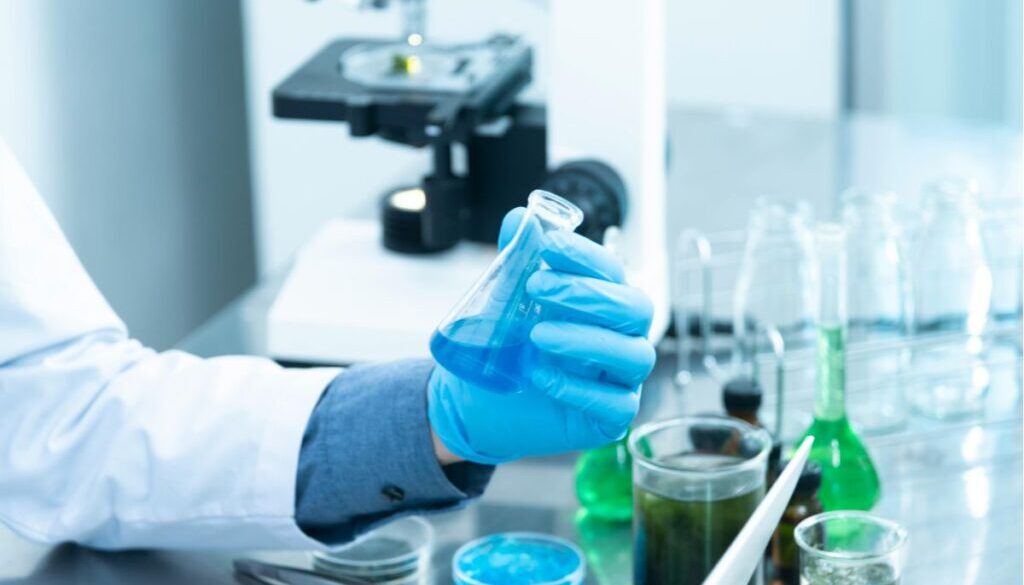Research Chems Supplies: All You Need To Know
What is Research Chems Lab Supplies?
Laboratory supplies are the backbone of scientific research and experimentation. From basic glassware to sophisticated instrumentation, these tools play a crucial role in enabling scientists to conduct experiments, analyze data, and make groundbreaking discoveries.
In this comprehensive guide, we will delve into the diverse array of laboratory supplies, their functions, and their significance in various scientific disciplines.
- Glassware:
Glassware is fundamental to laboratory work, providing vessels for mixing, heating, and storing chemicals. Common types of glassware include beakers, flasks, test tubes, and pipettes.
Each serves a specific purpose, with variations in shape and size tailored to different experimental needs. For example, beakers are ideal for mixing solutions, while volumetric flasks ensure precise measurements.
Glassware is typically made from borosilicate glass, renowned for its resistance to heat and chemical corrosion.
- Plasticware:
Plasticware has gained popularity in laboratories due to its affordability, disposability, and versatility. It encompasses items such as pipette tips, microcentrifuge tubes, and petri dishes.
While not as heat-resistant as glassware, plasticware offers advantages in terms of convenience and reduced risk of contamination.
Advances in polymer technology have led to the development of specialized plastics that are compatible with a wide range of chemicals and temperatures.
- Instruments:
Laboratory instruments are indispensable tools for conducting precise measurements, analyses, and observations. They encompass a broad spectrum of equipment, ranging from basic handheld devices to complex automated systems.
Examples include spectrophotometers, centrifuges, chromatography systems, and microscopes. These instruments enable scientists to characterize substances, isolate compounds, and study microscopic structures with unprecedented detail and accuracy.
- Safety Equipment:
Safety is paramount in laboratory settings, and the use of appropriate protective gear and equipment is essential to minimize risks. This includes personal protective equipment (PPE) such as lab coats, gloves, goggles, and face masks to shield against chemical spills, splashes, and airborne contaminants.
Additionally, safety equipment like fume hoods, eyewash stations, and emergency showers provide further safeguards in the event of accidents or exposure to hazardous substances.
- Chemicals and Reagents:
Chemicals and reagents are the building blocks of experimental procedures, facilitating reactions, analyses, and synthesis. Laboratories require a diverse range of chemicals, including acids, bases, solvents, buffers, and indicators.
Quality and purity are paramount, as impurities can compromise results and jeopardize the integrity of experiments. Many suppliers offer chemicals with various grades of purity to suit different research requirements and budgets.
- Consumables:
Consumables encompass a wide range of disposable items essential for day-to-day laboratory operations. These include items such as filter papers, cuvettes, syringe filters, and chromatography columns.
While they may seem trivial compared to sophisticated instruments, consumables are critical for maintaining workflow efficiency and ensuring consistent results.
Stocking up on consumables is a routine aspect of laboratory management, requiring careful inventory management and replenishment.
- Storage and Organization:
Efficient storage and organization are essential for maintaining a well-functioning laboratory. Proper storage conditions help preserve the integrity of supplies and prevent contamination or degradation.
Laboratories utilize various storage solutions such as cabinets, shelves, refrigerators, and freezers, each tailored to the specific requirements of different supplies.
Furthermore, labeling, tracking systems, and inventory management software facilitate easy access and retrieval of items, minimizing wastage and ensuring traceability.
Conclusion:
Laboratory supplies form the backbone of scientific research, providing the tools and resources necessary for experimentation, analysis, and discovery. From glassware and instruments to safety equipment and consumables, each category plays a vital role in enabling scientists to push the boundaries of knowledge and innovation.
By understanding the diverse array of laboratory supplies and their respective functions, researchers can optimize their experimental workflows, enhance productivity, and ultimately contribute to advancements in science and technology.
